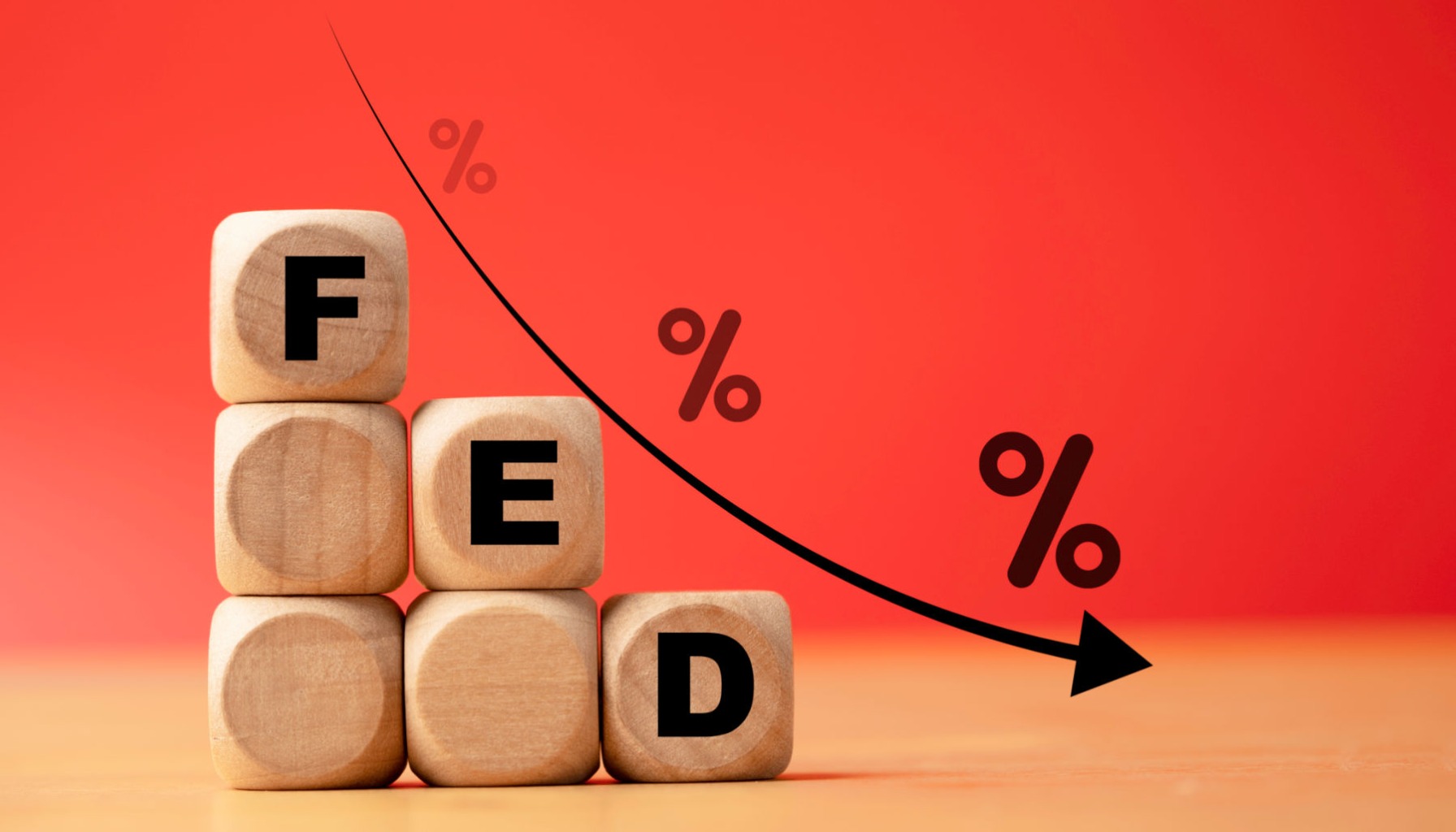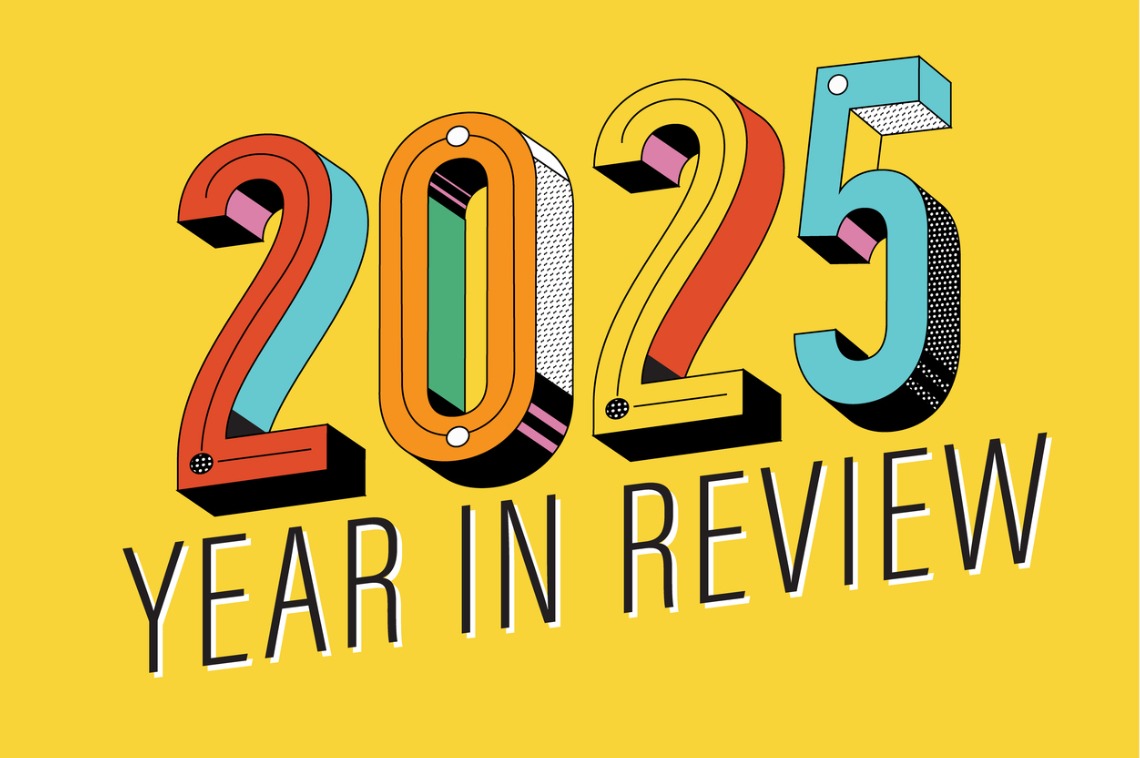T
he Federal Reserve's upcoming meeting on July 29-30, 2025, has everyone wondering: will they cut interest rates by at least 25 basis points? While anticipation is high, I believe the most likely outcome is no rate cut. The Fed is expected to maintain the existing federal funds rate within the 4.25% to 4.5% range.
The US economy presents a mixed picture, with both positive and negative trends. According to the Atlanta Fed, Q2 2025 GDP growth is estimated at 2.4%. The unemployment rate stands at 4.2%, but layoffs are on the rise, which may signal a softening job market. Inflation, measured by the PCE price index, is currently at 2.6%, above the Fed's ideal 2% figure but better than the 2022 peak of 7.2%.
Despite these positive figures, underlying issues such as trade policy uncertainties and consumer spending weakness may affect the economy. The Fed has taken a break from rate cuts since December 2024, which could lead to them avoiding significant decisions.
The major consensus is that the interest rate will remain unchanged, with the Fed adopting a "wait-and-see" approach before making any moves. However, some experts, like Fed Governor Christopher Waller, believe a rate cut makes sense to avoid further decline and potential harm from current tax laws on demand.
Key indicators to watch include:
* Interest Rate Stability: No changes expected at 4.25-4.5%
* Economic View:
+ Real GDP Rate: Estimates at 1.4% in 2025
+ Job Stats: At 4.5%, a slight increase from March
+ Core PCE Inflation: Estimated at 3.1%
* Federal funds rate: 3.9% by the end of 2025
The FOMC's tone and policy observations will be crucial in determining market reactions. Quantitative tightening and balance sheet updates are also expected to be discussed.
A revised dot plot is not available yet, but previous projections indicate:
* GDP Growth: 1.4% for 2025
* Job Stats: 4.5%
* Core PCE Inflation: Estimates around 3.1%
* Feds Fund Rate: Estimated at 3.9% by the end of the year
Upcoming financial data and reports to watch include:
* PCE Inflation: A decrease or increase in inflation rates
* Employment Stats: Slowdown in jobs could lead to a rate cut
* Sentiments to trade in: Uncertain policy can impact recovery chances
Market reactions may include:
* Stocks: Decrease if the Feds adopt a hawk-like tone (higher interest, inflation watch)
* Bonds: Rates may rise with worries about inflation and yields
* Currencies and Commodities: If rates go down, look for more expensive commodities
In conclusion, while managing economic growth, the Feds need to balance external pressures. I believe the FOMC meeting this week will see stable interest rates with close observation of all economic and monetary signs.
Position your portfolio ahead of the Fed's next move by considering real estate investments that can shield you from volatility and interest rate swings.















